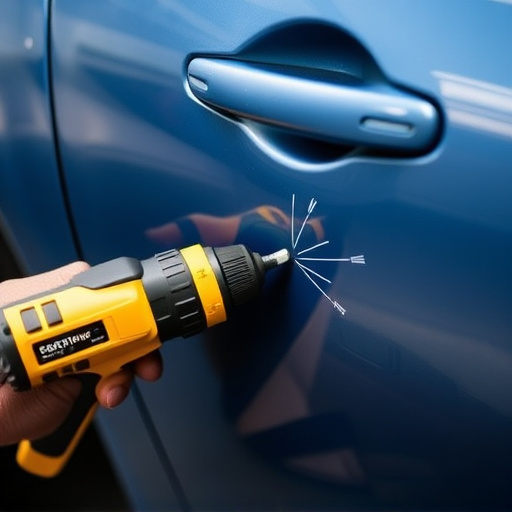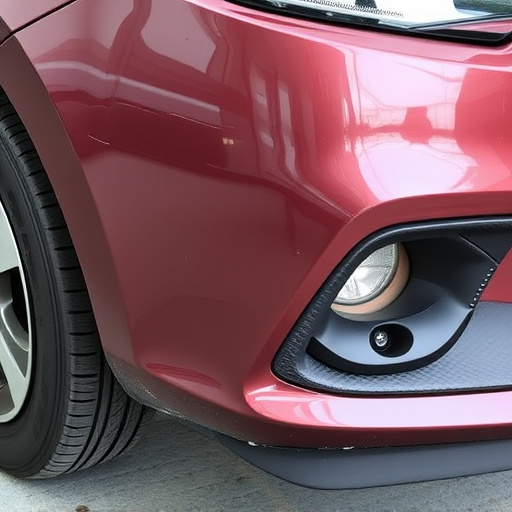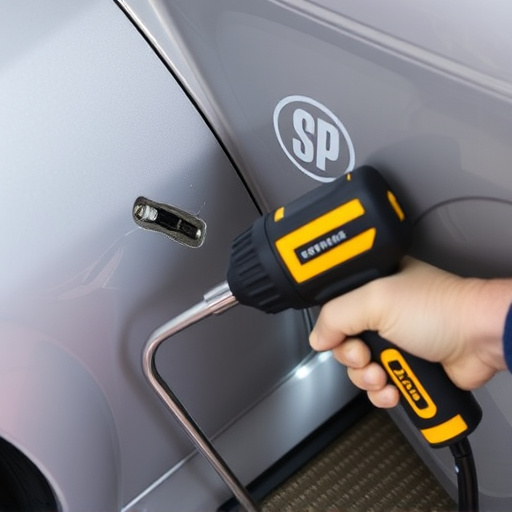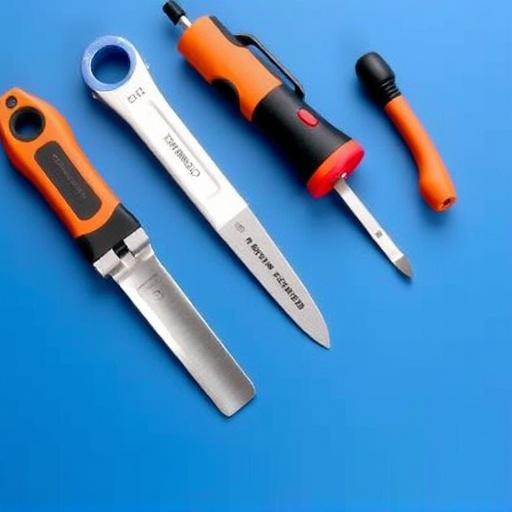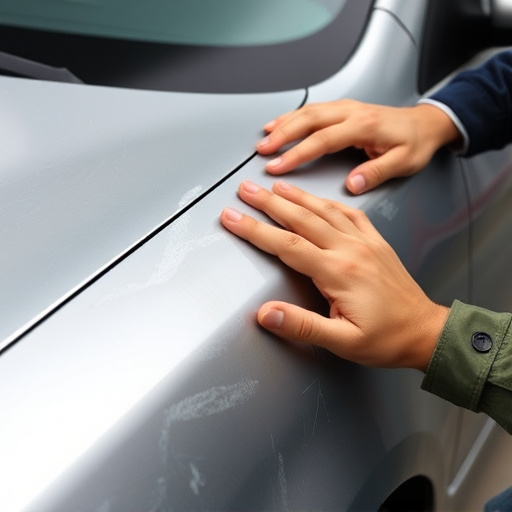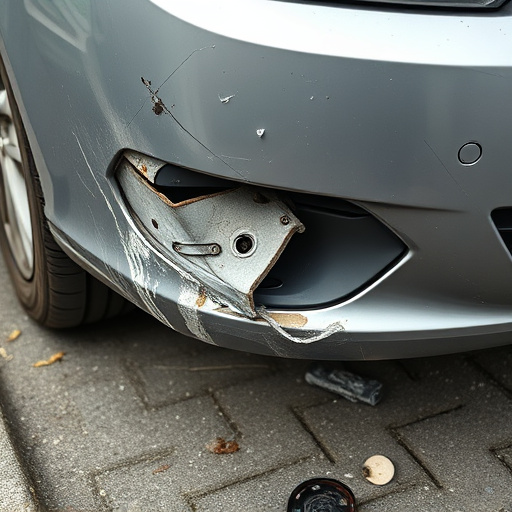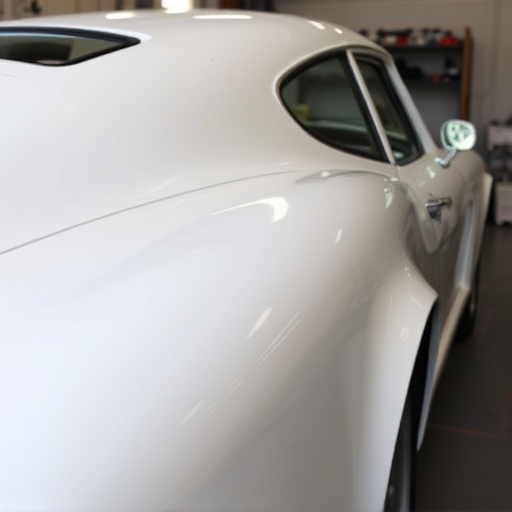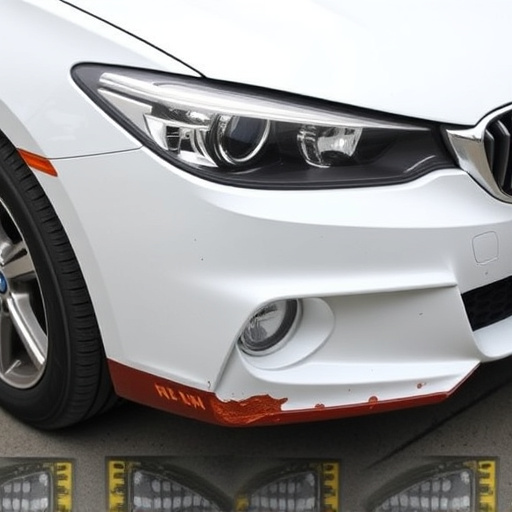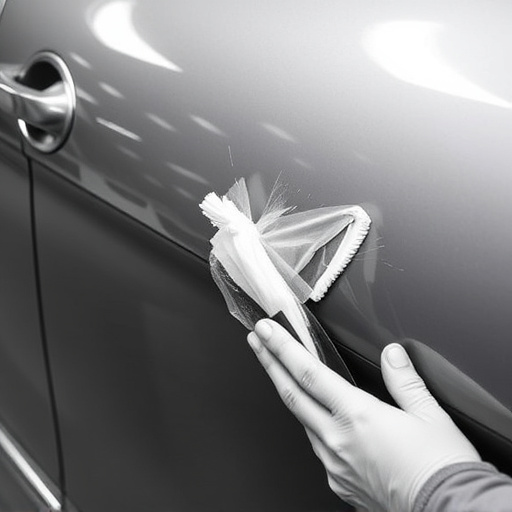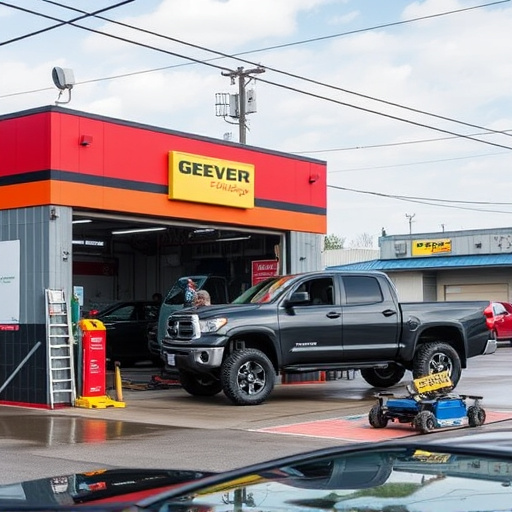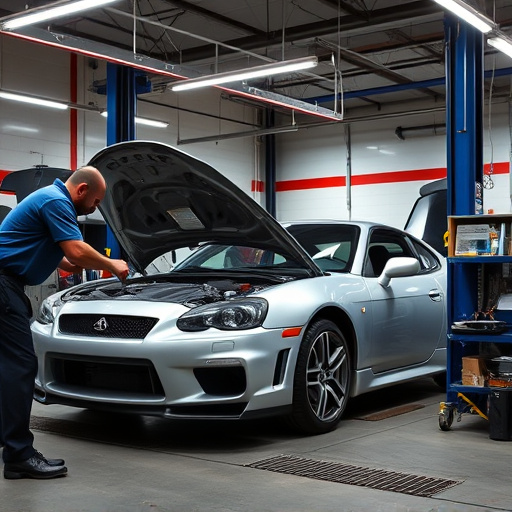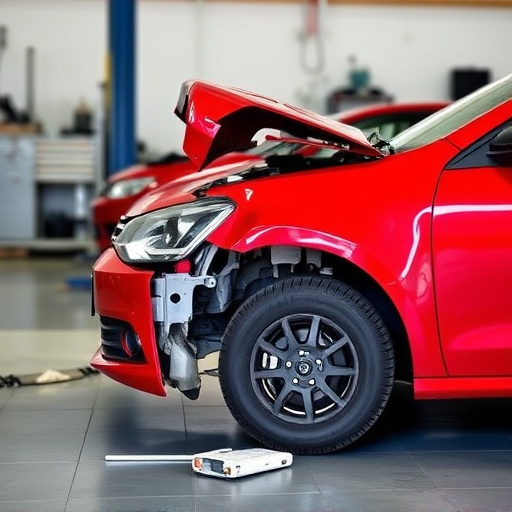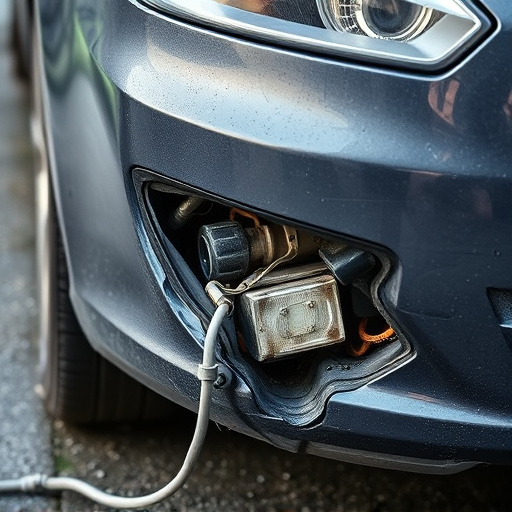Blending panels and collisions enhance visual storytelling in comics and graphic novels, creating dynamic narratives and artistic expression. This technique is also employed in car body shops for invisible repairs, requiring precision tools and skills to match original textures and colors, ensuring top-quality results.
In the realm of collision repairs, achieving invisible fixes is a delicate art. Blending panels, a specialized technique, offers a game-changing solution. This innovative approach ensures seamless integration of new and repaired parts, restoring vehicles to their original state without detectable traces of damage. Understanding blending panels and their application is paramount for professionals aiming to deliver top-tier, virtually undetectable repairs. This article explores the fundamentals, advantages, and best practices to master this invisible repair technique.
- Understanding Blending Panels: The Basics
- Benefits of Blending for Collision Repairs
- Techniques and Best Practices for Effective Blending
Understanding Blending Panels: The Basics
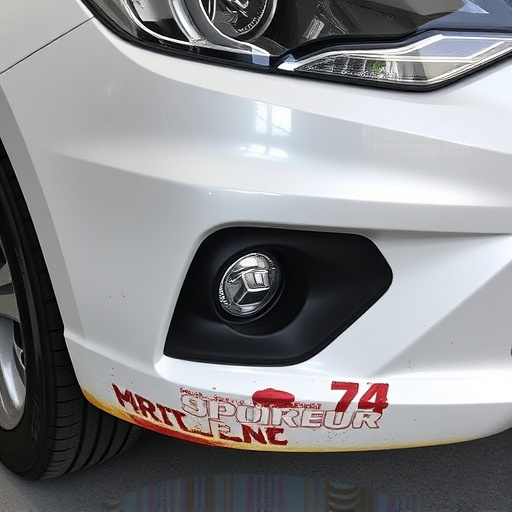
Blending panels are an essential tool in the world of collision repair and auto glass replacement. They serve as a crucial bridge between damaged vehicle bodywork and the seamless restoration process. These panels, typically made from high-quality, precision-engineered materials, act as placeholders during repairs, ensuring that the final result is both structurally sound and visually invisible. By seamlessly integrating with existing vehicle components, blending panels create a clean transition, effectively hiding evidence of any previous damage or repairs in the vehicle’s bodywork.
In body shop services, the use of blending panels is particularly vital for maintaining the integrity and aesthetic appeal of a vehicle. They facilitate precise alignment and smooth finish, ensuring that every repair, from a minor dent to significant auto glass replacement, is executed with meticulous care. This not only enhances the overall look of the vehicle but also boosts driver confidence and passenger satisfaction, knowing their vehicle’s body has been expertly restored without compromising its structural integrity.
Benefits of Blending for Collision Repairs
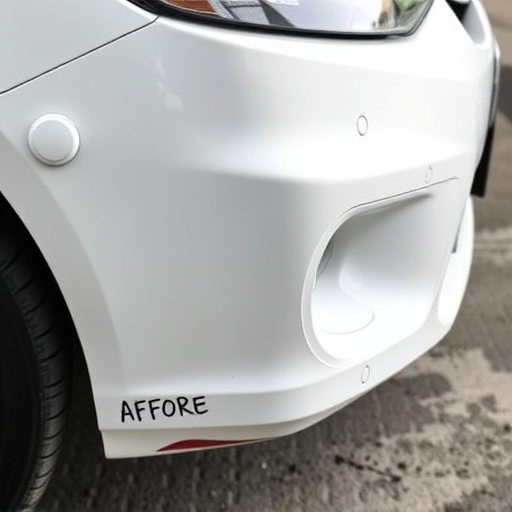
Techniques and Best Practices for Effective Blending
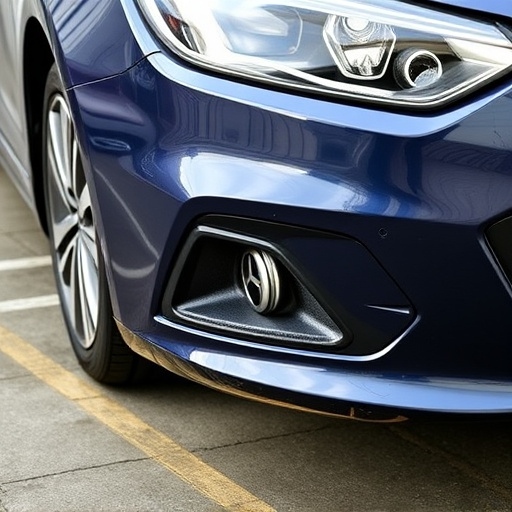
Blending panels for invisible repairs is an art that requires precision and skill. The process involves seamlessly joining repaired areas with the surrounding unharmed sections of a vehicle’s surface, such as car body shop or auto collision center work. To achieve this, technicians employ various techniques to ensure effective blending. One common method is using specialized tools like putty knives and brushes to apply filler materials that match the original paint color, creating an invisible seam. This is particularly crucial in auto painting processes where maintaining the vehicle’s aesthetic integrity is paramount.
Best practices for successful blending involve careful preparation of the surface before applying fillers. This includes sanding down the repaired area to ensure a smooth base and cleaning any debris or residue. After filler application, the key is to blend the edges gradually, matching the curves and contours of the car body shop repairs with surrounding panels. Technicians should use light, even strokes to avoid creating visible lines or textures, ensuring the final touch-up appears seamless in an auto collision center setting. Constant comparison with the original surface texture and color is essential throughout the process.
Blending panels for collision repairs is a game-changer in the automotive industry, offering both aesthetic and functional benefits. By mastering the art of blending, repair technicians can achieve invisible repairs, enhancing vehicle aesthetics and retaining original factory finishes. This advanced technique not only saves time and costs but also ensures long-lasting results, satisfying customers and maintaining vehicle value. Embracing blending panels as a standard practice is crucial for staying ahead in the competitive market, ensuring customer satisfaction, and promoting high-quality collision repair standards.

